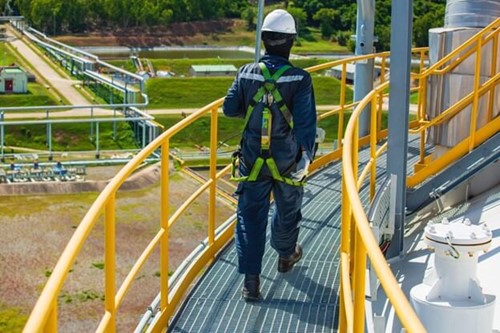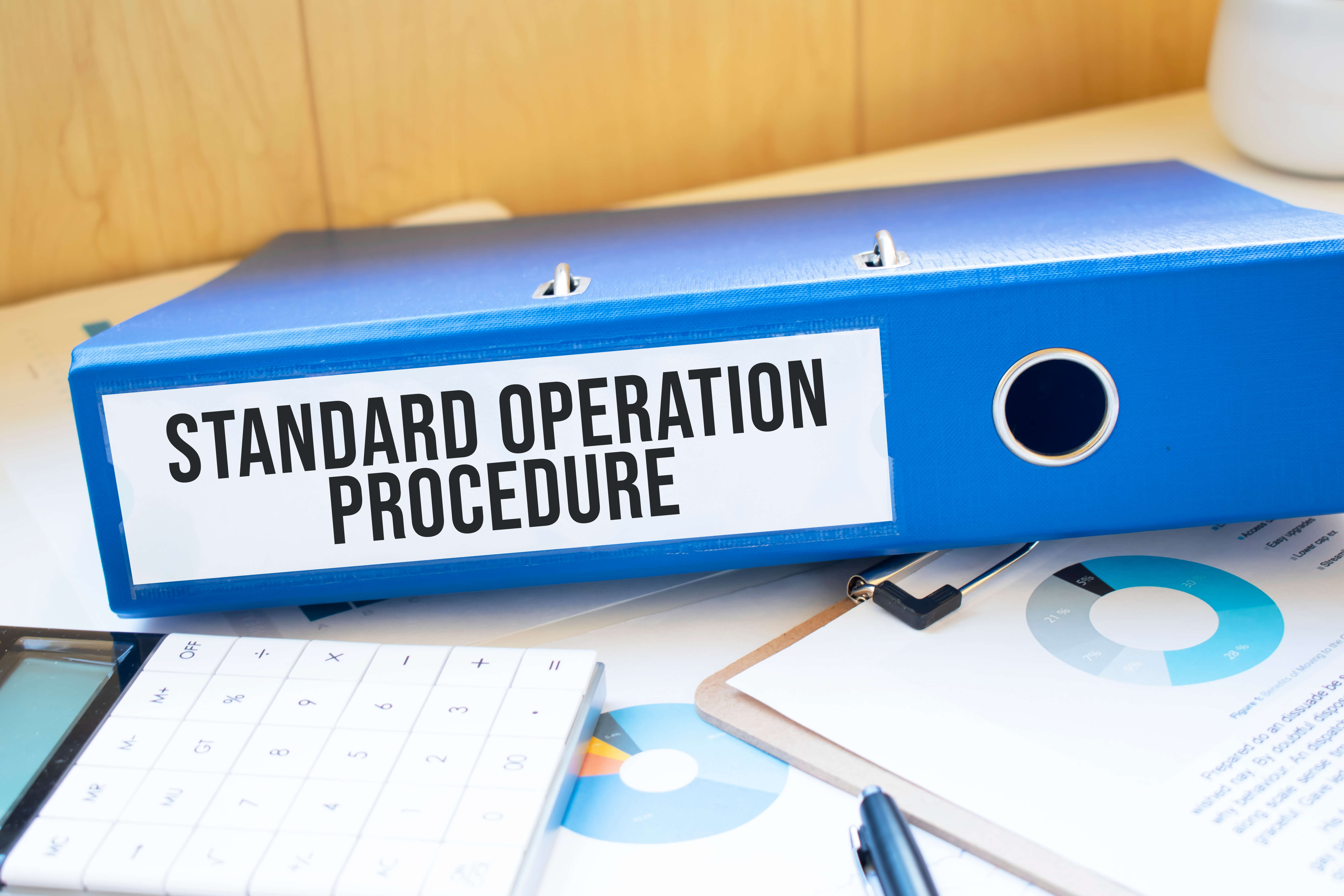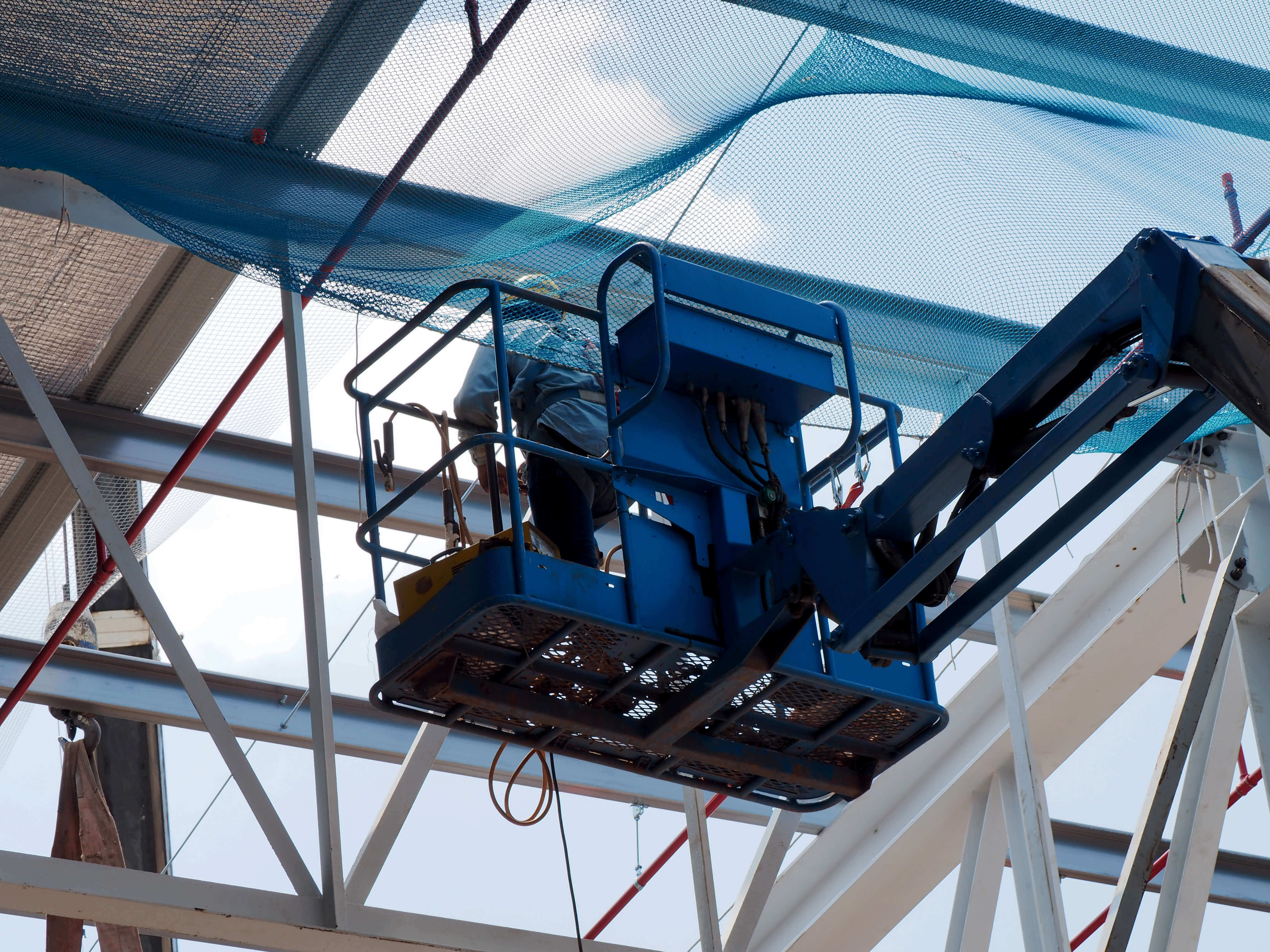If you have lone workers, there are UK employment laws and essential health & safety requirements your business must adhere to.
So, it’s particularly important to make sure these employees are safe and well. You can contact us on 0800 470 2857 if you need immediate assistance on this topic.
Read this guide to gain insights into how to ensure the welfare of employees who work alone. It provides important information that can help you.

What is lone working?
It’s where an employee works in isolation—that’s without any close or direct supervision from a manager.
This can pose considerable health & safety risks, depending on the type of role they have. And the industry you operate in.
The different types of lone workers include:
- Working at a fixed base, such as a night shift in a petrol station.
- Security staff with hours separate from colleagues.
- If they’re working from home.
- If they work away from a fixed base. For example:
- Healthcare workers visiting a patient’s home.
- Construction, maintenance, and repair workers.
- Service workers such as taxi drivers and postal workers.
- Agricultural/forestry staff.
- Delivery drivers.
Lone workers typically won’t have anyone around to help them in the event of, for example, an accident.
As an employer, you need to take steps to ensure your employees have comprehensive support. Additionally, you should already have measures in place in case of an accident.
Lone working laws in the UK
Hiring this type of employee is legal, but you do have a duty of care to them. Current UK laws mean you are doing everything that is ‘reasonably practicable’ and ensure staff are safe at work.
Regarding lone working legislation, there isn’t a specific law about it. But health & safety legislation applies to many of the duties they carry out for your business. That includes the:
- Health & Safety at Work etc. Act 1974.
- Management of Health & Safety at Work Regulations 1999.
- Workplace (Health, Safety and Welfare) Regulations 1992.
Ultimately, under lone working regulations, as an employer, you must:
- Identify the employees who work alone.
- Analyse the hazards they face (conduct a risk assessment).
- Create a lone working policy.
- Put in place control measures for these employees to reduce the risk, or remove the ones they face.
- Review your control measures on a regular basis.
The hazards of lone working
You must take careful steps to ensure the safety of lone working staff. As we mention above, they face an increase in specific risks while completing their job.
Some common examples of the hazards staff face are:
- Sudden accidents (and emergencies) following an incident.
- Loneliness and a sense of isolation.
- Struggling to get the right amount of rest and hygiene due to the lack of normal facilities.
- Potential physical violence from intruders.
Lone working at height is another major issue. Obviously, suffering a serious fall while alone can seriously affect the individual’s chance of gaining assistance.
It’s, in fact, one of the leading causes of workplace fatalities in the UK.
The result is you should plan work thoroughly—and review working environments. You can establish control measures to limit the dangers present.
There are three specific points to address with working from a height:
- Avoid working at a height where “reasonably practicable”.
- If you can’t, try to prevent falls with a safe working environment—or equipment.
- Take steps to minimise the distance of a fall (such as using equipment or objects—guardrails, scissor lifts, toward scaffolds etc.).
Providing training to the individual will also be of considerable assistance. This’ll ensure they’re skilled to use the likes of ladders.
Health & safety for lone working—the best practices
You must take the reasonable actions available to you to ensure the safety and wellbeing of staff working alone.
There are certain steps you can take to manage that. Including:
- Performing a risk assessment of their working environment.
- Understanding your lone worker’s location at all times.
- Provide appropriate safety training and other guidelines.
- Providing personal protective equipment where relevant—but, especially, to supply a personal alarm.
You should provide additional health & safety lone working advice to your employee.
It’s the type of role where the individual can, if they’re not careful, become complacent—and such lapses in judgment can lead to accidents.
So, you should look to train the employee so they understand that they shouldn’t:
- Think nothing will ever happen to them while working (complacency).
- Try any activities they can’t do by themselves safely.
- Take any risks that are unnecessary.
- Avoid trusting their instincts (for example, ignore that a task is obviously dangerous).
It’s also good business practice to provide the individual with lone worker first aid training. Through this, you can educate them on how to deal with issues such as accidents and minor injuries.
It can also help them to prepare them mentally for the possibility of a more serious accident. During this, they’d have to stay calm and then find assistance.
Providing training could help to avoid severe consequences at a future date.
Working alone at night law
Working a night shift is a common occurrence in the UK. It’s legal to allow this—including one employee completing their job alone at night.
This could be for a security guard looking after a building all night, a hotel receptionist, or an individual manning a petrol station.
Due to the time of day, however, you should take extra precautions to ensure the safety of the employee.
They’re more open to abuse from the public or theft. You can, for example, provide them with emergency contact assistance.
You can also offer personal monitored alarms or attack alarms. This is so, in the event of an incident, help will arrive rapidly.
Lone working due to the coronavirus pandemic
After the international pandemic, many employees have started home working for the first time.
So, you may have staff who are now (suddenly and unexpectedly) homeworking.
Lone working from home without supervision due to coronavirus poses health & safety risks you must take reasonable steps to address.
To be clear, working alone from home during lockdown is a two-way process. One where you help the employee with recognising any dangers in their working environment.
And where staff react to the information you provide them to make the situation safe.
You can follow the below steps to make sure you follow your duty of care:
- Perform a risk assessment of the lone workers’ environment.
- Identify hazards and consider ways they can adapt their setting to alleviate (or remove) risks.
- Establish a system of regular communication so you can make sure the employee is safe and well.
- Where possible, provide equipment that’ll enable them to do their job safely and productively.
- Provide educational and training materials that encourage wellbeing and other health & safety practices.
Understanding hazards, communication, and regular updates are all good business practice at this time.
And you can start the process with a risk assessment of the lone worker’s environment.
The advantages and disadvantages of lone working
From a business perspective, you may need employees to work alone—it could be an essential aspect of your business.
Here are some of the advantages:
- Qualified and accomplished staff can work independently to a high standard.
- They can make important decisions based on their experience, with limited outside interference.
- They’ll complete essential tasks groups of individuals couldn’t do together (for example, as it would prove too dangerous).
The disadvantages are already clear from this guide, but for clarity:
- Lone workers face a significant increase in the dangers they face.
- The risk of severe injury means they could struggle to gain the help they need. You must invest in procedures to ensure they have support.
- The employee is more isolated and many suffer from mental health issues.
Ultimately, if the work needs completing then you’ll need this type of staff member.
To work around the disadvantages, you can establish policies and procedures to ensure their wellbeing.

Expert advice
If you need assistance with any health & safety or employment law requirements for your employees, get in touch: 0800 470 2857.
Related resources
Categories
- Business Advice
- Contracts & Documentation
- Culture & Performance
- Disciplinary & Grievances
- Dismissals & Conduct
- Employee Conduct
- Employment Law
- End of Contract
- Equality & Discrimination
- Health & Safety
- Hiring & Managing
- Leave & Absence
- Managing Health & Safety
- Moving
- Occupational Health
- Pay & Benefits
- Recruitment
- Risk & Welfare




